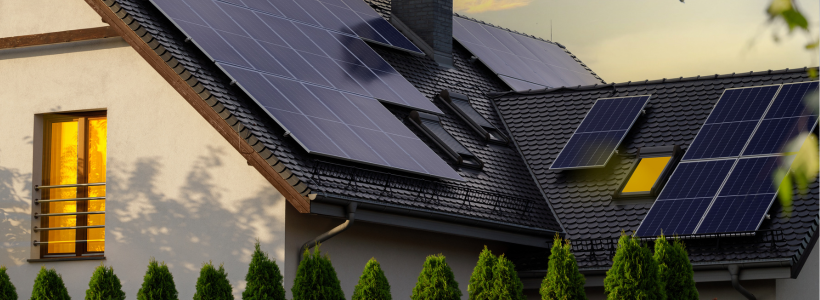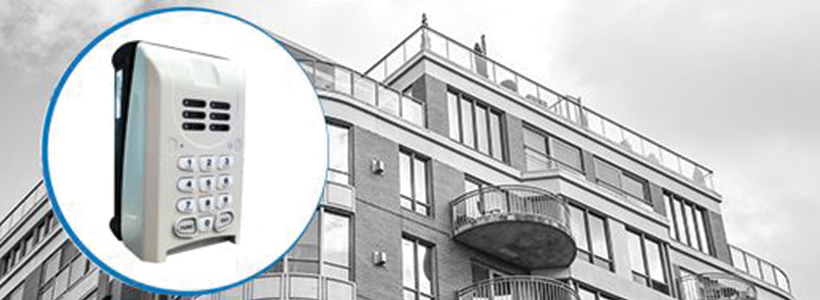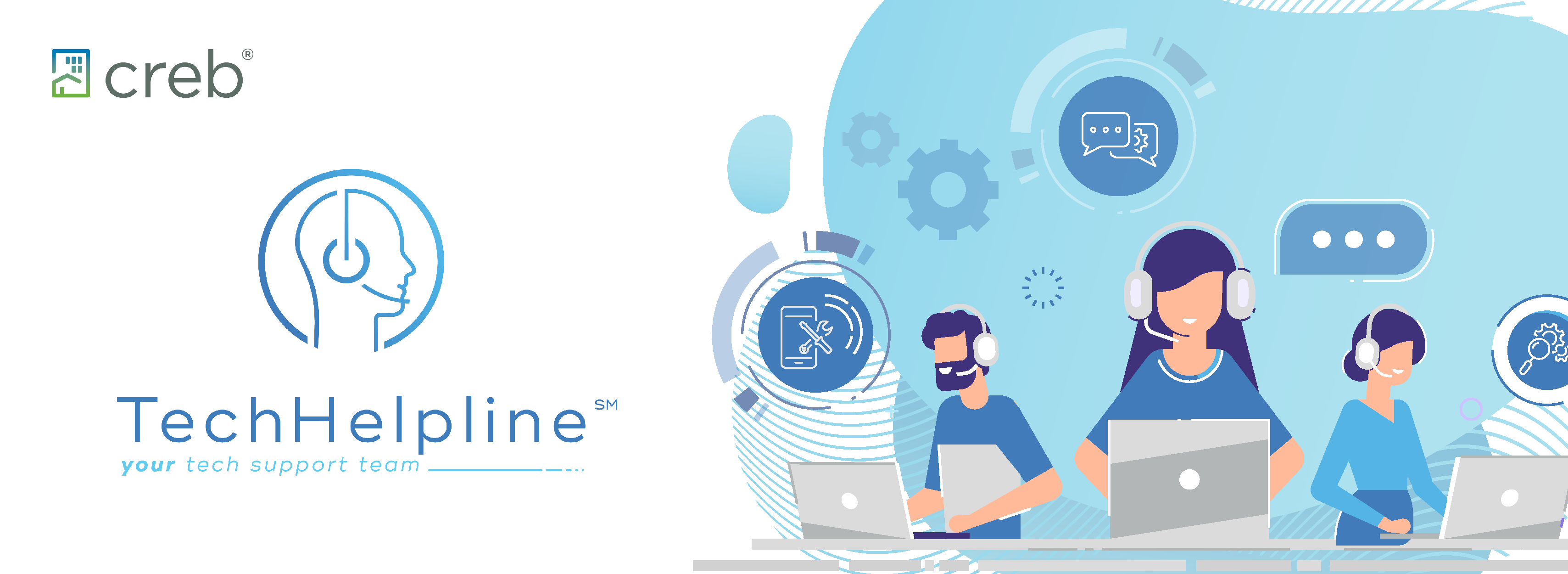The Clean Energy Improvement Program (CEIP) assists residential property owners with the upfront costs of energy efficiency and renewable energy upgrades.
The financing costs are repaid through a Clean Energy Improvement tax, which is placed on the property and paid back through property taxes.
Don’t get caught off guard by the financial responsibilities that come with a property that has participated in the CEIP. Know where to look for this information to prepare your client for a smooth transition.
Things to consider when selling a property with a Clean Energy Improvement tax:
- The seller is required to disclose the Clean Energy Improvement agreement to their REALTOR® and prospective buyers.
- The clean energy improvement tax can be seen on the property’s tax certificate and as a line item on the annual property tax bill.
- The Clean Energy Improvement tax can be transferred to the new owner or paid off in full.
When purchasing a property with a Clean Energy Improvement tax:
- The seller should provide the buyer with a copy of the Clean Energy Improvement agreement. The agreement details what upgrades were made to the property.
- The buyer should decide whether they wish to assume the repayments or have the seller pay off the existing amount in full.
- To assume the payments, the buyer and seller must sign the Assignment, Novation and Release form (schedule E in the Clean Energy Improvement Agreement) and submit those documents to the city.
- Buyers should be aware that any outstanding repayments may remain on the property after they take ownership, regardless of whether they have completed the paperwork for the city.
The city of Calgary has additional information on Clean Energy Improvement taxes in the “Resources” section of The City’s webpage: Clean Energy Improvement Program (CEIP).
Questions about the clean energy improvement tax in Calgary can be sent to ceip@calgary.ca
With the demand for energy-efficient homes on the rise and programs such as the CEIP available to help modernize more energy-efficient properties, continue to look for signs of financial responsibilities tied to the property. These can include liens and caveats on title due to repayment challenges with contractors as well as the property tax bill, as mentioned above.
If you'd like to learn more, the City of Calgary is hosting a webinar on Homes in a Climate Emergency for CREB® on Nov. 22. One of the items covered will be the clean energy improvement program. Register here




{ 0 comments…}